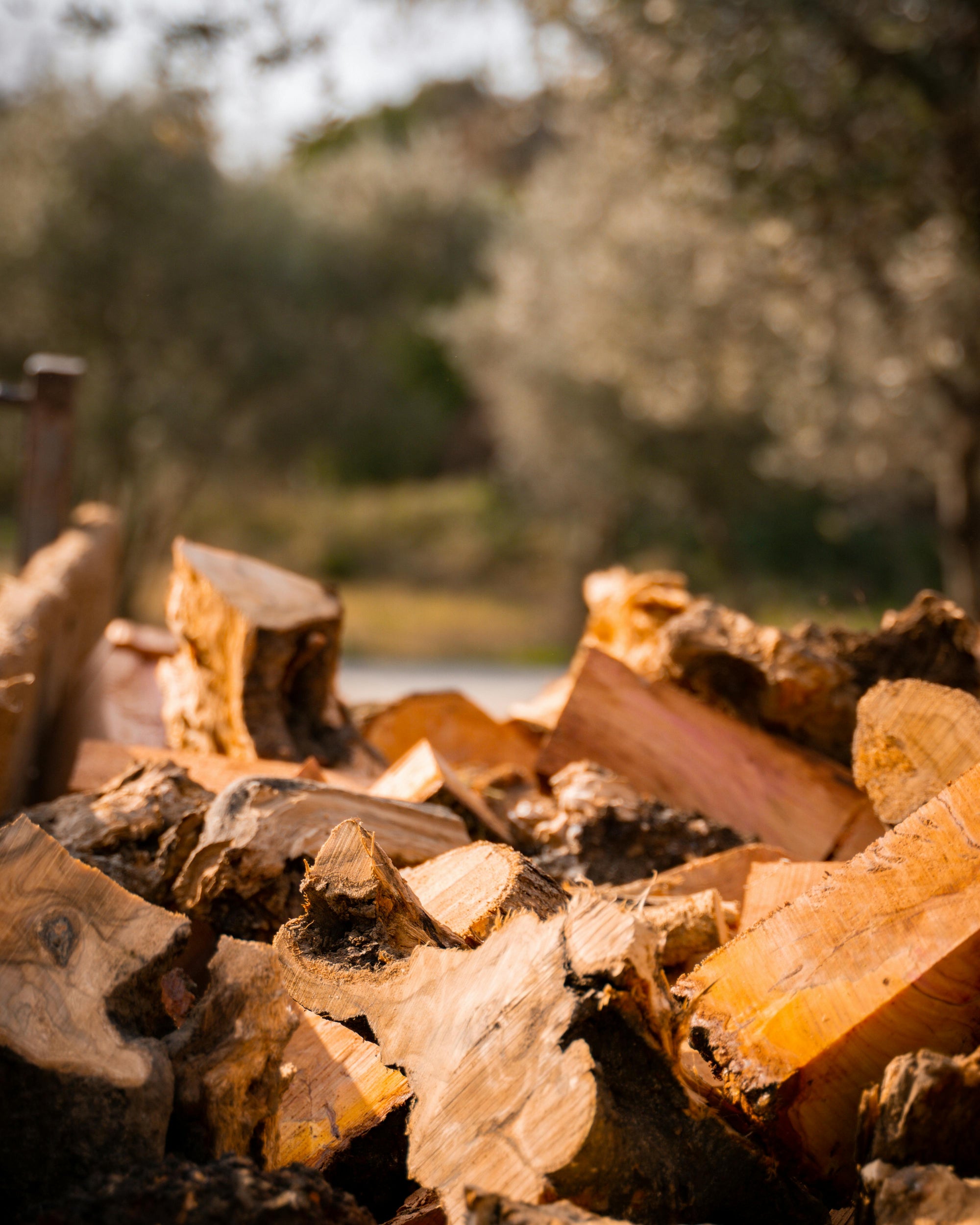Keeping your stump grinder teeth in good shape isn’t just about making the job easier—it can save you time and money. When your teeth get dull or damaged, grinding takes longer, your machine needs to work harder, and repairs can get expensive fast. The good news? A few simple maintenance habits can extend the life of your grinder teeth and keep your equipment running smoothly.
Why Proper Stump Grinder Maintenance Matters
Let’s start with the big picture: replacing stump grinder teeth isn’t cheap. While one tooth might only cost a few dollars, replacing a full set can run into the hundreds—especially if you use a high-powered grinder with multiple rows of teeth. On the other hand, basic maintenance can significantly extend the life of your teeth. Clean, sharp, and properly matched teeth grind more efficiently, reduce wear on your stump grinder, and complete jobs faster. That means more jobs per day, less downtime, and ultimately, more profit in your pocket.
Tip #1 – Inspect for Stump Grinder Damage Regularly
Before and after each use, take a few minutes to inspect your grinder teeth. You're looking for:
-
Chips or cracks: These weaken the structure and can lead to breakage mid-job.
-
Dull edges: If the teeth aren’t biting into the wood efficiently, it's time for sharpening.
-
Uneven wear: Teeth wear at different rates based on position and usage; rotation or replacement may be needed.
How often should you inspect? Ideally, inspect after each use and conduct a deeper inspection weekly or after every 8–10 hours of grinding. Rotate or replace teeth when wear is noticeable or when grinding performance drops. Neglecting this step can result in poor cutting and extra strain on your machine.
Tip #2 – Sharpen Teeth Correctly
Sharpening your stump grinder teeth helps restore cutting efficiency and prolongs their life—but only if done right. You have two main options:
-
DIY sharpening: If you're experienced and have the right tools (grinder, safety gear, and proper angles), this can be cost-effective.
-
Professional sharpening: Ensures a consistent, precise edge and may be worth the investment if you’re handling high volumes or using carbide-tipped teeth.
Avoid these common mistakes:
-
Overheating the tooth (which can damage the metal)
-
Removing too much material
-
Grinding at the wrong angle
Improper sharpening can lead to faster wear or complete tooth failure—defeating the purpose entirely.
Tip #3 – Match Teeth to the Job
Not all stump grinder teeth are created equal. Using the wrong type of tooth for the material you're grinding can dramatically reduce tooth life and efficiency.
-
Hardwoods (like oak or hickory): Require heavy-duty or carbide-tipped teeth for effective grinding.
-
Softwoods (like pine): Can be tackled with standard teeth, but still need sharp edges to avoid gumming.
-
Soil conditions: Sandy or rocky soil can wear down teeth faster. In these cases, specialized teeth or more frequent replacements may be needed.
Selecting the right tooth type for your grinder and your jobsite conditions is critical. It improves efficiency and minimizes damage.
Tip #4 – Store Your Stump Grinding Equipment Properly
When not in use—especially during the off-season—proper storage is crucial to preventing rust, corrosion, and premature wear.
-
Clean thoroughly: Remove all dirt, sap, and debris from the machine and teeth.
-
Dry completely: Moisture is the enemy of metal; let everything air dry before storing.
-
Store in a dry, covered area: Use covers or sealed containers to protect parts from humidity.
-
Apply protective coatings: Light oil or rust inhibitors can help protect metal surfaces from corrosion.
Proper storage ensures your grinder is ready to go when the season kicks off again, without surprise repairs or replacements.
Bonus Tip – Use High-Quality Replacement Parts
Not all replacement teeth are equal. Investing in high-quality, aftermarket parts—like those from Werewolf Parts—can improve performance and reduce the frequency of replacements.
Premium teeth are designed with tougher alloys and better manufacturing standards, offering:
-
Longer cutting life
-
Better resistance to wear
-
Improved grinding consistency
When it’s time to replace, check out trusted suppliers like Werewolf Parts for durable, field-tested stump grinder teeth. View our recommended options here.
Final Thoughts
Taking a few minutes to care for your stump grinder teeth can add weeks or even months to their lifespan. Here’s a quick recap:
-
Inspect for damage regularly and rotate or replace when needed.
-
Sharpen teeth properly, or hire a pro.
-
Match your tooth type to the material and ground conditions.
-
Store your equipment in a dry, secure place.
-
And don’t skimp on quality when replacing worn parts.
By following these tips, you’ll not only get more life out of your teeth—you’ll get more done, more efficiently.

